Candidature for the 21st edition
of the Pan American Games
Strengthening the Games, uniting the continent through sport
A new chapter of greatness for the Pan American Games
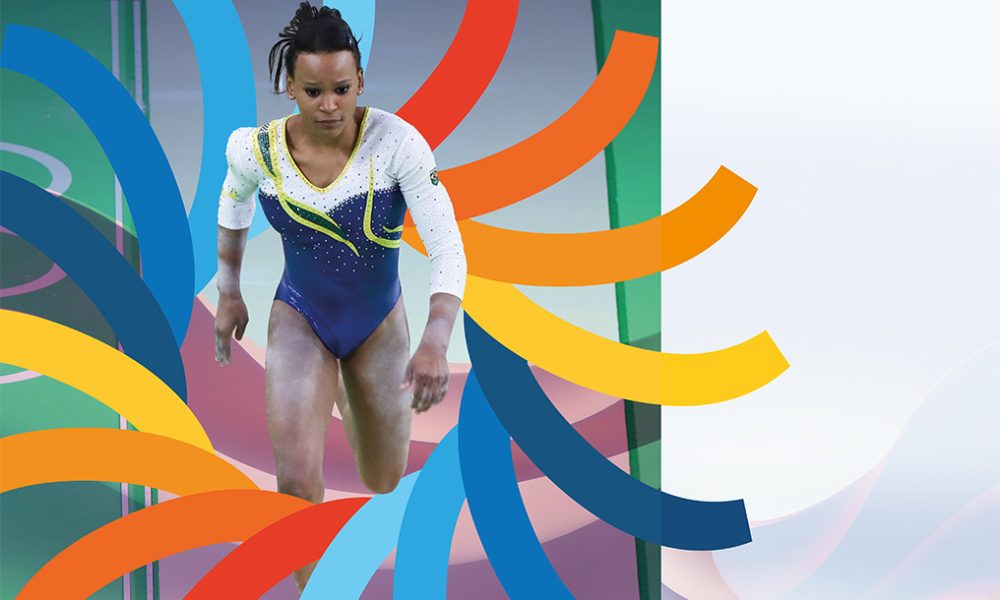
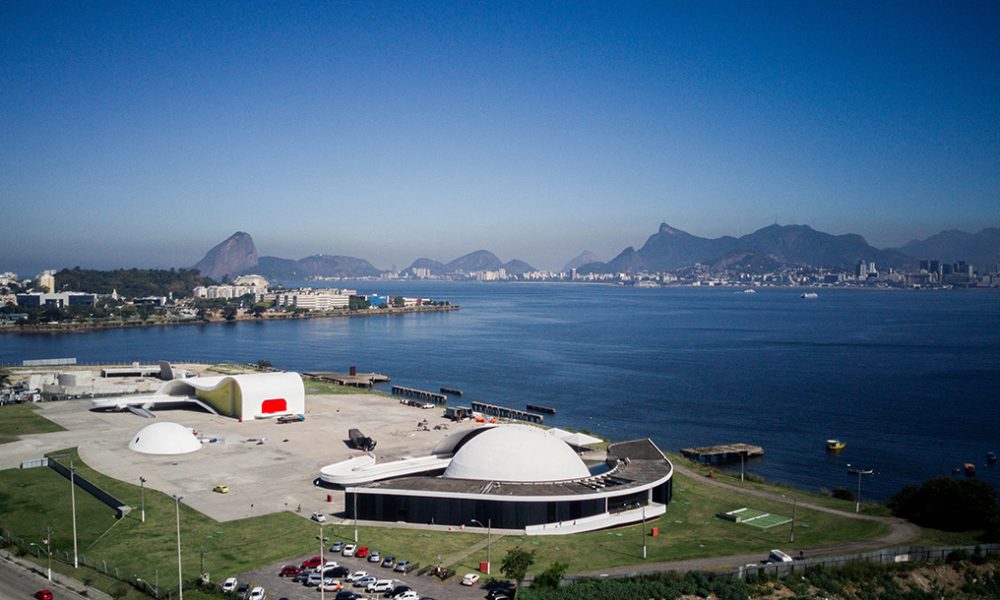
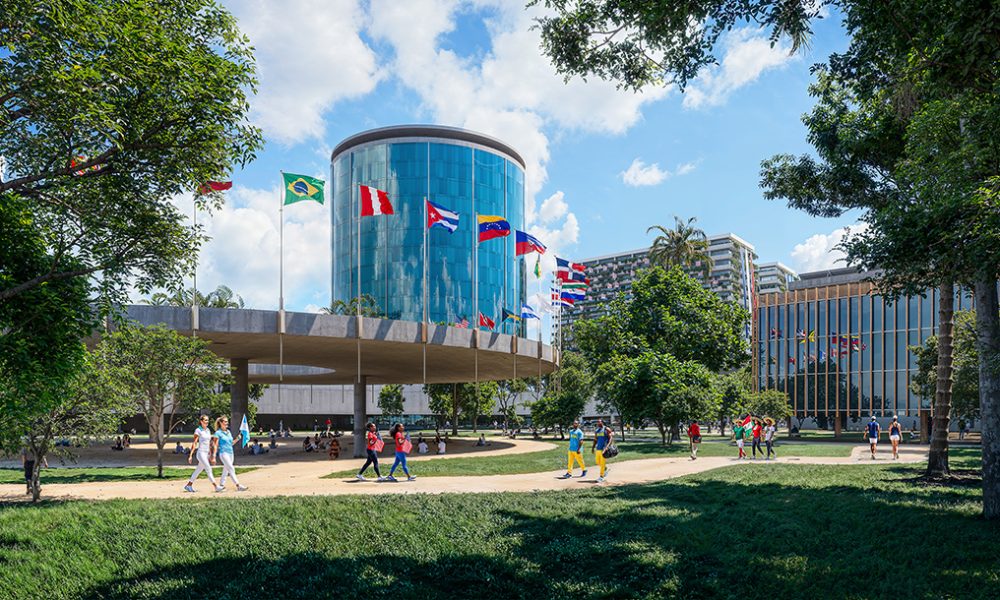
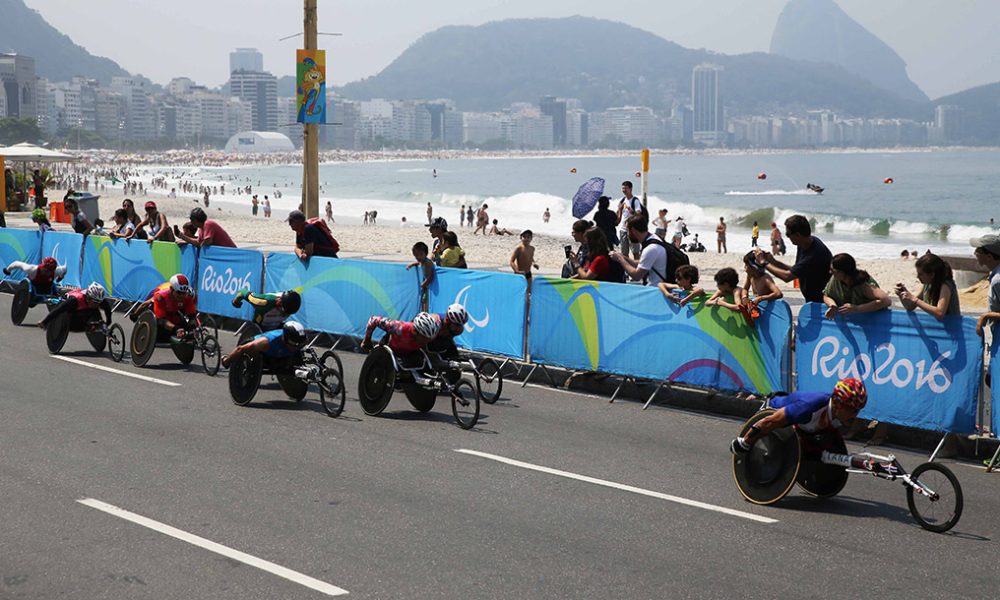
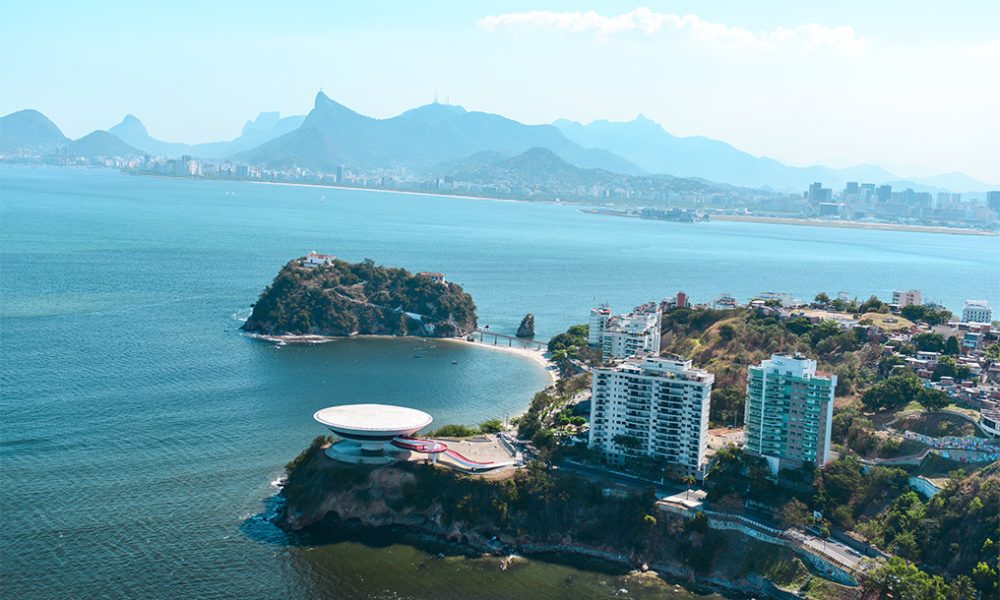
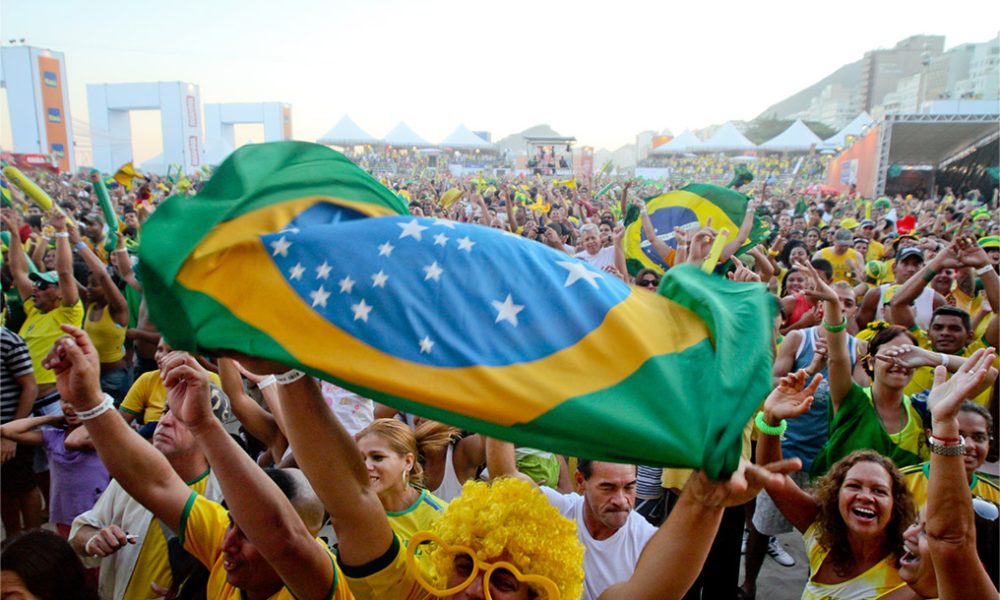
Why host the 2031 Pan American Games in Rio and Niterói?
We’re thrilled to once again welcome the Americas! This time, with a mission shared by two sister cities that breathe sport: contribute to the evolution of Pan American sports, starting before 2031.
4 core commitments drive us:
- Offer the best experience for athletes, teams, Panam Family, and fans
- Enhance the unified model for the Pan and Parapan American Games that we created in Rio 2007
- Promote full integration of the Pan American Movement
- And generate early and lasting legacy opportunities
We’ll host the Games of Integration.
All the 41 NOCs will be co-creators of this shared journey.
How we’ll make it happen:
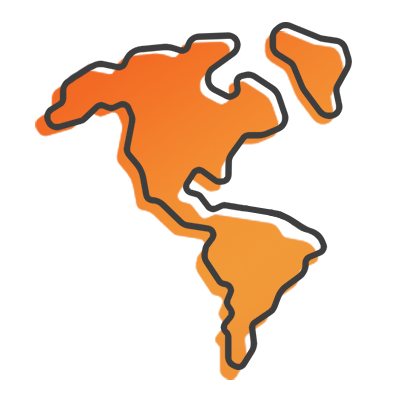
Continental Knowledge Exchange
Staring now, until 2031!
Seminars, clinics, and camps strengthening technical cooperation and building an ecosystem of excellence for all 41 NOCs.

High-Class Venues and Top Services
Most venues are ready and operational, allowing us to maximize the test events calendar and focus on top conditions for transport, food, accommodation, training, and competition.
The entire PanAm family will be welcomed with world-class hotels and infrastructure.

One Territory, Fully Connected
Rio and Niterói as a single territory, with all venues connected by public transportation—and even on foot.

Proven Expertise & Hospitality
We learned how to host, and we love it! Our team brings major-event experience and the warmth to welcome the continent.

Smart funding

Amplifying the Pan American Games
Understand the vision, see the impact, join the legacy
1. Continental legacy
What's our vision?
The Rio-Niterói 2031 bid is about uniting the entire continent under the Games of Integration with Pan and Parapan planned together from day one. Our mission is to contribute to the evolution of Pan American sport before, during, and after the Games, calling for the sporting transformation of the entire region.
How do we elevate the integration between the Pan and Parapan American Games?
In 2007, Rio de Janeiro made history: for the first time ever, the Pan and Parapan American Games were hosted in the same city, on subsequent dates. This milestone created a new standard for integration, which has been followed ever since by every host city.
Now, in 2031, we aim to take this legacy further. A single Organizing Committee will manage both events under the same structure, using the same venues, logistics systems, and planning strategies, ensuring equal quality, visibility, and legacy impact for both Games. This integrated approach maximizes efficiency, reduces operational risks, and most importantly, strengthens the Paralympic movement across the Americas with the same level of excellence and commitment.
How will we promote continental sporting development?
Sporting development will happen through continuous exchange of knowledge and expertise, starting now and extending beyond the closing ceremony. This includes cross-national training, technical cooperation, and professional development in partnership with all 41 NOCs. By offering open access to training infrastructure and creating permanent programs for capacity building, the Games will inspire future generations and reinforce a shared legacy across the continent.
2. The Rio-Niterói experience
What’s unique about our Pan American Village?
The Pan American and Parapan American Village will be built through a private initiative in the heart of Rio, near Porto Maravilha, a new and strategic development area of the city. After the Games, the Village will be transformed into a residential complex, contributing to long-term urban growth and social legacy.
How do we ensure full connectivity across Rio and Niterói?
Rio and Niterói offer a fully integrated public transport network that makes moving between venues seamless. The system combines bus, train, subway, BRT, LRT, and ferry services, ensuring quick and efficient connections across the cities. Linking both sides of Guanabara Bay, the Rio–Niterói Bridge and ferry routes connect the two territories in just minutes, making Rio–Niterói a single, connected hub.
How do we bring experience and hospitality to the Games?
Rio de Janeiro and Niterói are known for their rich history of events, cultures, and characters that have shaped not only these two cities but also Brazil. Both cities have flourished through cultural diversity, reflecting the heritage of indigenous people, Portuguese colonization, and the African diaspora, since the period of slavery.
Local music, art, and cuisine reflect this multicultural communion. Samba and Carnival, two renowned traditions, are sewn into the fabric of social life in both Rio de Janeiro and Niterói, which also stand out for their natural beauty and diverse architecture.
How will we engage the public outside the arenas?
Street events like the marathon, triathlon, and road cycling will pass through the most iconic parts of Rio and Niterói, bringing the Games closer to the people. Medal ceremonies will be held at Triumph Plaza, an open-air celebration space in legendary locations. Fan Fest Zones will offer live screenings, music, and cultural performances, uniting fans from across the continent.
3. Engaging and efficient delivery
How will we amplify the Pan American Games?
Rio is a global amplifier of culture and sport. The city has already proven its ability to project events far beyond its borders, from hosting the world’s biggest New Year’s Eve celebration yearly on Copacabana Beach to the 2014 FIFA World Cup and the Rio 2016 Olympic Games. In the past two years, Copacabana Beach hosted free concerts by global icons Madonna and Lady Gaga, which attracted massive crowds, global media attention, and private sponsorship. 2031 will be the time for the Pan American Games to achieve worldwide visibility.
What local legacy will remain after the Games?
By 2031, we will have 20 Olympic Educational Gymnasiums serving over 10,000 young students in vulnerable communities, an expanded Team Rio-Niterói Program, and 30 talent identification centers across both cities, blending citizenship and sport in everyday life.